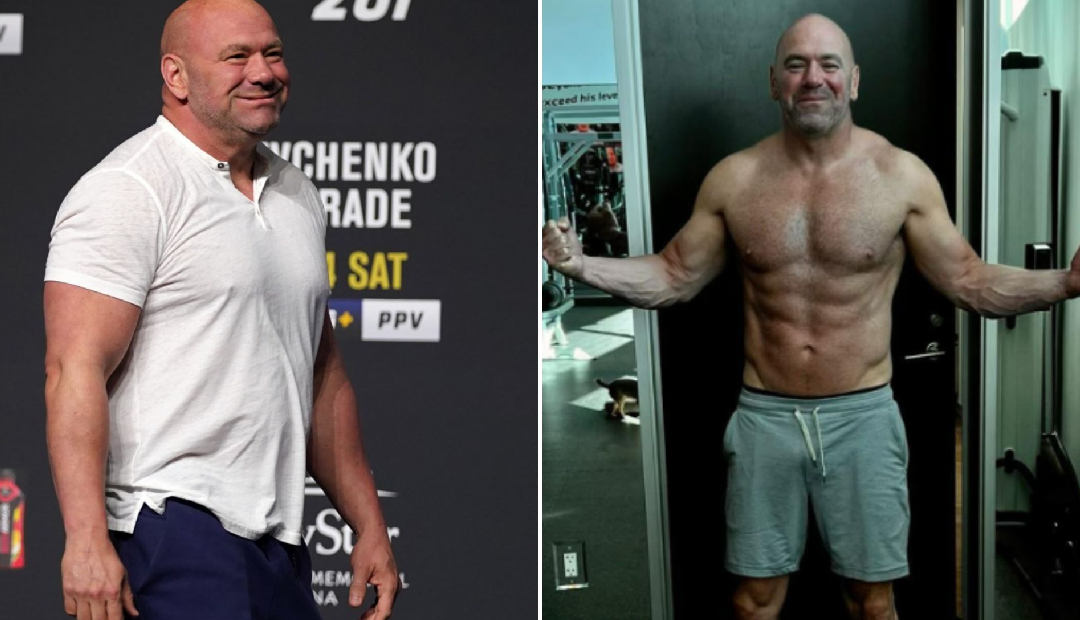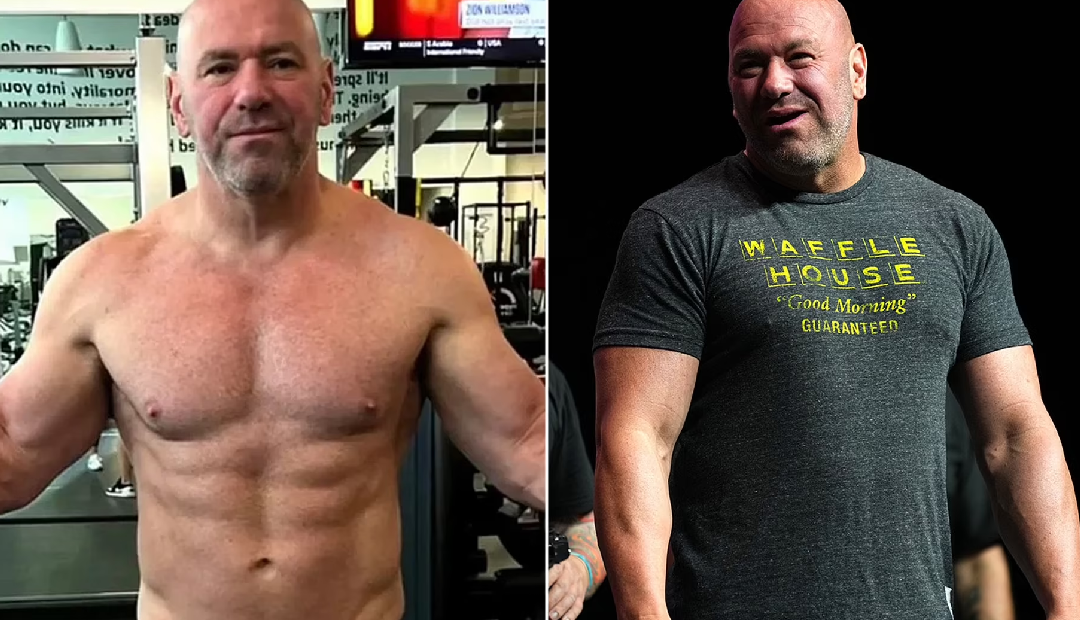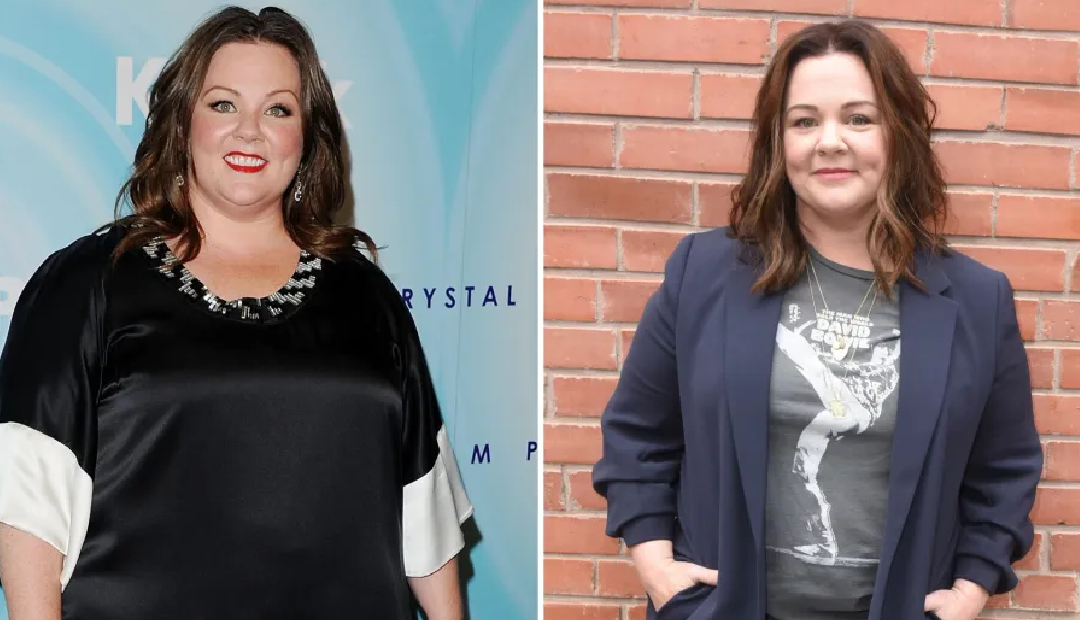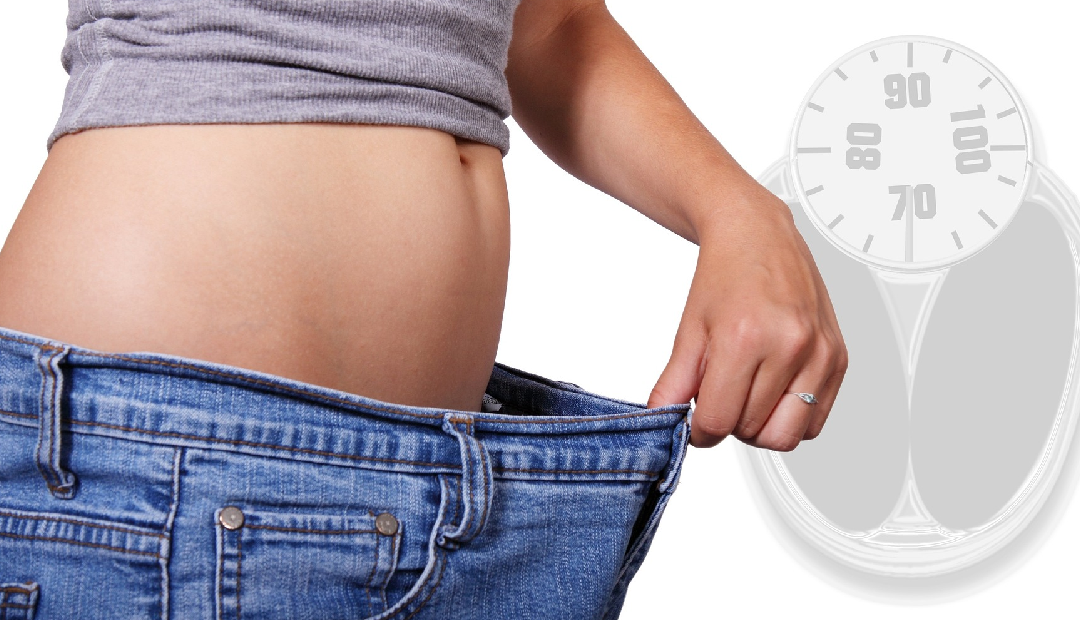In 2025, Dana White’s weight loss journey has become one of the most talked-about success stories in the fitness world. The president of the Ultimate Fighting Championship (UFC), a man who was once known for his struggles with weight, has managed to shed an impressive 50 pounds. His remarkable transformation has not only caught the attention of fans and the media but has also inspired countless people on their own weight loss journeys.
Dana White has always been a public figure, known for his larger-than-life persona, his leadership of the UFC, and his tough demeanor. However, for much of his career, White faced personal health challenges that were closely tied to his weight. From struggling with poor eating habits to dealing with the physical toll of excess weight, Dana’s health was often a topic of concern. This is why his recent 50-pound weight loss has been so impactful—not just as a publicized health transformation, but as a symbol of perseverance and change.
The influence of White’s weight loss goes beyond just physical appearance. His health, career, and public image have all been positively affected by his commitment to making a change. Dana has publicly shared how his weight loss has improved his energy levels, enhanced his ability to perform at work, and, most importantly, transformed his overall outlook on life. His journey also highlights the importance of prioritizing health, particularly for those in high-pressure, high-performance roles like White’s.
But what exactly is it that makes Dana White’s 50-pound weight loss so captivating? His ability to overcome personal and professional obstacles, combined with his strategic and disciplined approach to weight loss, has made his journey one of great inspiration. His story is one that speaks to many, as it highlights not just the how, but also the why behind his success.
In the following sections, we’ll dive deeper into the specifics of Dana White’s weight loss transformation, exploring the challenges he faced, the strategies he used, and the lessons others can learn from his journey. Whether you’re looking to lose a few pounds or embark on a full health transformation, Dana White’s story offers a wealth of insights that can help guide your path to success in 2025.

The Starting Point: Dana White’s Weight Struggles Before 2025
Before his dramatic 50-pound weight loss in 2025, Dana White’s relationship with his health and weight was far from ideal. As the president of the UFC, White was accustomed to the high-stress, high-energy demands of running one of the world’s most successful sports organizations. However, those pressures, combined with poor eating habits and a lack of time for self-care, led to years of struggles with his weight and overall health.
A Look at Dana White’s Weight History and Health Challenges
Dana White’s weight history paints a picture of a man constantly battling to keep his health in check amid the demands of a high-profile career. In earlier years, Dana was often seen with a noticeable weight gain. Despite his busy schedule, which frequently required him to travel and work long hours, White struggled with maintaining a healthy lifestyle. His diet was often filled with fast food, sugary snacks, and beverages, all of which contributed to the weight gain that would become a source of ongoing concern.
As a public figure, Dana was open about his struggles, often making light of his weight gain. However, behind the humor was a growing awareness of the impact excess weight was having on his health. In interviews, White admitted that his weight had begun to affect his energy levels, mood, and overall well-being. He found himself out of breath more frequently and had trouble keeping up with his physically demanding role at UFC events.
Health concerns also began to arise. Dana had high blood pressure, joint pain, and was at increased risk for heart disease—all common issues associated with excess weight. These health problems were significant enough to force him to acknowledge the need for change, and by 2025, Dana realized that if he didn’t take charge of his weight, his health could deteriorate even further.
Factors Contributing to His Weight Gain and Health Concerns
Dana White’s weight gain didn’t happen overnight. It was the result of a combination of lifestyle factors, including a hectic work schedule, poor eating habits, and little to no time for exercise. Being constantly on the move for UFC events and meetings meant that Dana often relied on fast food, energy drinks, and unhealthy snacks for quick meals. These food choices, though convenient, were packed with empty calories and lacked the nutritional value needed to support a healthy lifestyle.
Additionally, Dana’s long hours and stress from managing a multi-million dollar company left little room for regular exercise. Even though White was surrounded by athletes, his job didn’t leave him much time to engage in physical activity. For someone who spent most of his day working at a desk or attending events, the sedentary lifestyle contributed to his weight gain and worsened his health.
On top of all that, White had a family history of obesity and heart disease, which added another layer of urgency to his decision to lose weight. Genetics played a role in his challenges, and it became clear that if Dana didn’t make serious changes to his lifestyle, he was at risk for more serious health complications.
The Turning Point: What Motivated Dana White to Embark on His Weight Loss Journey
The turning point for Dana White came in 2024, when he had a health scare that truly opened his eyes to the seriousness of his situation. He went for a routine check-up, only to discover that his blood pressure was dangerously high, and his doctor warned him that he was heading down a path that could lead to heart disease or other life-threatening conditions.
In a public interview, White reflected on this moment: “It was a wake-up call. I realized that I had to take my health seriously, not just for me, but for my family and the people who depend on me.”
This health scare prompted Dana to reassess his approach to life and fitness. He knew that continuing down the same path would eventually impact his career and his ability to keep doing the things he loved. It was then that he decided to take charge of his health in a way he never had before.
White’s commitment to change became the driving force behind his weight loss transformation. With the support of his family, friends, and a team of fitness experts, Dana started working on a customized weight loss plan tailored to his needs and lifestyle. He focused not just on losing weight, but on improving his overall health, which included reducing his blood pressure, increasing his energy levels, and building muscle strength.
By the end of 2024, Dana had already started to see significant results. His blood pressure improved, his energy levels increased, and he began to lose the weight that had been holding him back. By 2025, Dana White was 50 pounds lighter, feeling healthier than ever, and ready to continue his leadership role in the UFC with a renewed sense of vitality.
In the next section, we’ll explore Dana White’s 2025 weight loss plan in detail, including the diet, exercise routine, and mindset shifts that helped him achieve this incredible transformation.
Dana White’s 2025 Weight Loss Plan: The Diet and Exercise Strategy
Dana White’s 50-pound weight loss in 2025 didn’t happen by chance. It was the result of a carefully crafted and highly disciplined weight loss plan that integrated both dietary changes and exercise routines tailored to his lifestyle. In this section, we’ll break down the key components of Dana White’s strategy, examining the diet, exercise, and overall approach that helped him achieve his impressive transformation.
Key Components of Dana White’s Weight Loss Diet in 2025
The cornerstone of Dana White’s weight loss success in 2025 was his revamped diet. Understanding the importance of nutrition in any weight loss journey, Dana worked with nutritionists and health experts to design a diet that would allow him to lose fat while preserving muscle mass. His diet plan focused on whole, nutrient-dense foods, eliminating the processed, high-calorie snacks that had previously been a staple in his meals.
One of the major changes Dana made was to cut out sugary drinks and fast food, replacing them with more wholesome options. Instead of relying on energy drinks and sodas for quick energy, he shifted to green smoothies, water, and herbal teas, which helped with hydration and kept his metabolism running efficiently throughout the day. Dana also incorporated more lean proteins (such as chicken, turkey, and fish) to support muscle growth and repair, alongside a variety of vegetables and whole grains for fiber, vitamins, and minerals.
In addition to focusing on healthier food choices, Dana also adopted smaller, more frequent meals throughout the day, which helped to regulate his blood sugar levels and prevent overeating. This approach is known to support weight loss by maintaining steady energy levels, avoiding the hunger spikes that can lead to unhealthy snacking.
Exercise Routines and Activities That Helped Him Shed 50 Pounds
Dana White’s exercise routine in 2025 was a critical component of his weight loss strategy. Recognizing that his busy schedule required a flexible approach, Dana opted for high-intensity interval training (HIIT) combined with strength training to maximize fat loss while preserving muscle mass. HIIT workouts have been shown to burn a high number of calories in a short period of time, making them ideal for individuals with limited time to dedicate to exercise.
Dana’s workout regimen included a mix of activities such as boxing, circuit training, and weightlifting. Boxing was a natural fit for Dana, given his background in the combat sports industry, and it served as an excellent cardiovascular workout that also helped tone his body. By including strength training exercises, such as squats, deadlifts, and push-ups, Dana was able to build lean muscle mass, which in turn helped to increase his metabolism and burn fat more efficiently.
Dana also made sure to incorporate active recovery days into his routine. These were days where he focused on low-impact activities such as yoga, walking, or swimming, allowing his muscles to recover while still maintaining an active lifestyle. This balance between intense workouts and recovery days helped Dana avoid burnout and kept his body in peak condition.
How Dana Balanced His Professional Life with His Fitness Journey
One of the biggest challenges Dana White faced in his weight loss journey was finding time to prioritize fitness while managing the demanding responsibilities of running the UFC. With constant travel, long work hours, and public appearances, Dana had to get creative to integrate exercise into his daily routine.
Dana relied on early morning workouts before starting his workday. By waking up at 5 a.m. to exercise, Dana ensured that his fitness routine was non-negotiable and didn’t interfere with his professional obligations. He also made use of hotel gyms and took his workout gear on trips, ensuring that his weight loss journey continued even when he was away from home. Dana often shared in interviews how he made it a point to treat his workouts as part of his professional schedule, emphasizing that fitness was just as important as any business meeting or event.
To further streamline his efforts, Dana relied on a personal trainer and nutritionist to hold him accountable. These professionals helped him stay on track with his meal planning, exercise routines, and overall fitness goals. Having a team to support him and provide expert guidance made it easier to stay consistent, especially on days when his schedule was packed.
Integrating Mindset and Lifestyle Changes
Beyond diet and exercise, Dana White’s weight loss was also deeply rooted in mental discipline and lifestyle changes. He knew that in order to succeed, he needed to make a mental commitment to his health. This meant shifting his mindset from seeing fitness as a chore to viewing it as a non-negotiable priority in his life.
One of Dana’s key lifestyle changes was his approach to stress management. In the past, the stress of his job often led him to overeat or make unhealthy food choices, but in 2025, he learned to implement healthier coping mechanisms, such as meditation, mindfulness, and breathing exercises. These techniques helped him manage stress without turning to food for comfort.
Dana also acknowledged that sleep played an essential role in his weight loss success. He made a conscious effort to prioritize quality sleep, aiming for at least 7-8 hours a night. Sleep is crucial for recovery, metabolism, and weight loss, and Dana’s focus on improving his sleep habits played a significant role in his overall transformation.
The Role of Mindset: Dana White’s Mental Approach to Weight Loss
Dana White’s 50-pound weight loss in 2025 wasn’t just about diet and exercise—his transformation was equally driven by a shift in mindset. While physical strategies and discipline are crucial for any weight loss journey, the mental aspect is often what separates success from failure. For Dana, overcoming his previous weight struggles required a mental commitment to making lasting lifestyle changes, something he had to consciously cultivate.
The Importance of Mental Determination and Discipline in Dana White’s Journey
Dana White’s story exemplifies how mental toughness is essential in any weight loss process. As someone who had always been immersed in the fast-paced, high-pressure world of professional sports, Dana was no stranger to challenges. However, losing 50 pounds required him to tap into a whole new level of mental focus and discipline.
In interviews, Dana has openly spoken about the mental battle of prioritizing his health amidst a busy and demanding schedule. “I had to mentally prepare myself to make a change. It wasn’t just about shedding weight; it was about changing my entire mindset toward health and fitness,” White explained. For him, this shift in thinking was the foundation for his success. He realized that weight loss would require more than just physical effort; it required consistency, commitment, and the mental strength to push through obstacles.
Dana used a strategy of setting clear, realistic goals—both short-term and long-term—to keep his focus sharp. By breaking his ultimate goal of losing 50 pounds into smaller, achievable milestones, Dana kept his motivation high and tracked his progress step by step. This allowed him to celebrate small victories, which in turn, fueled his confidence and determination.
How He Stayed Motivated During Challenging Times
Like any long-term weight loss journey, Dana White’s path wasn’t without its challenges. There were times when stress, fatigue, or temptations threatened to derail his progress. But Dana developed several strategies to stay motivated and keep pushing forward.
One key factor in Dana’s mindset was his accountability. He often mentioned in interviews that his personal trainer, nutritionist, and close friends played a critical role in keeping him on track. They not only provided expert guidance but also offered the encouragement and tough love Dana needed during moments of doubt. Having a support system helped Dana remain focused on his long-term goals, even when it felt difficult.
Additionally, Dana visualized his success. He frequently used mental imagery to picture the person he wanted to become, focusing on how he would feel both physically and mentally once he achieved his weight loss goal. This technique helped him stay grounded and positive when faced with setbacks or when the journey seemed overwhelming.
Another motivation booster was Dana’s desire to be a role model, especially for his family and fans. He openly admitted that he felt a sense of responsibility not just as a UFC leader, but as a public figure who had the power to influence others. Dana’s commitment to being a healthier version of himself was something he shared with his family, encouraging them to support him—and also to adopt healthier habits of their own. This collective approach to wellness helped him stay focused on his ultimate goal.
Lessons from Dana White’s Mindset That Others Can Apply to Their Own Weight Loss Goals
Dana White’s mental approach to weight loss provides valuable lessons for anyone looking to shed pounds and improve their health. Here are a few key takeaways from his mindset that you can apply to your own journey:
- Set Clear, Attainable Goals
Breaking down your long-term goals into smaller, achievable milestones is a powerful way to stay motivated. Dana set realistic checkpoints along his weight loss journey, which allowed him to measure progress and celebrate small wins. Whether it’s losing five pounds in a month or committing to a consistent workout routine, setting specific targets can keep you focused and energized. - Build a Support System
Dana’s success wasn’t a solo effort—he had a team of professionals and loved ones supporting him. Whether it’s hiring a personal trainer, finding a workout buddy, or simply sharing your goals with friends and family, accountability is crucial. The people around you can offer guidance, encouragement, and even some healthy competition to help you stay on track. - Visualize Success
Mental imagery can be a powerful tool. Dana often visualized what his life would be like once he achieved his goal, imagining the physical, emotional, and mental benefits of weight loss. By focusing on the positive outcomes, you can stay motivated and strengthen your resolve to continue. - Commit to a Lifestyle Change, Not a Quick Fix
Dana’s mindset was rooted in the understanding that weight loss is a long-term commitment, not a short-term fix. Quick diets or extreme measures may produce temporary results, but lasting success requires a change in lifestyle. Embrace healthy habits that you can maintain for the rest of your life. - Learn to Overcome Setbacks
Dana’s journey wasn’t without struggles, but his ability to push through setbacks was key to his success. There will always be tough days when you’re tempted to skip a workout or indulge in unhealthy food, but it’s important to stay disciplined and remember that setbacks don’t define your journey. It’s how you respond to them that matters.
Dana’s Mental Approach to Weight Loss: A Holistic Mind-Body Connection
Ultimately, Dana White’s success story isn’t just about physical transformation—it’s a complete mind-body connection. He demonstrated that mental health is just as important as physical health when it comes to weight loss. Dana realized that to make lasting changes, he had to train his mind to view fitness as a non-negotiable priority and develop the inner strength to push through challenges.
By adopting a mindset rooted in discipline, determination, and positive reinforcement, Dana White not only achieved his 50-pound weight loss but set himself up for continued success in maintaining his healthy lifestyle.
In the next section, we will look at what set Dana White’s approach to weight loss apart from others, highlighting the strategies and unique techniques that contributed to his success.

What Set Dana White’s Weight Loss Apart from Others?
Dana White’s weight loss journey in 2025 was not just another typical celebrity transformation. What truly set his approach apart were the unique strategies and techniques that he used to ensure lasting success. While many people struggle to maintain weight loss after initial results, Dana’s transformation was sustained and effective due to his tailored approach, personalized coaching, and commitment to integrating lifestyle changes that supported his goals.
Unique Strategies and Techniques That Made Dana White’s Weight Loss Effective
One of the key differences in Dana White’s weight loss journey was his focus on personalized strategies that catered to his individual needs and lifestyle. Unlike generic, one-size-fits-all weight loss plans, Dana worked with experts to design a program that worked for him specifically, considering his schedule, his body type, and his goals.
Dana took advantage of advanced technology to track his progress. Using apps and fitness trackers, he monitored everything from calories burned to sleep patterns, making adjustments along the way to optimize his results. This use of technology allowed Dana to understand his body’s needs on a deeper level, enabling him to tailor his approach and stay on top of his weight loss goals in real-time.
Furthermore, Dana recognized that his weight loss wasn’t just about the workouts and diet—it was about holistic health. He focused on improving his overall well-being by prioritizing mental health, stress management, and sleep hygiene. Many people underestimate the impact of factors like sleep and stress on weight loss, but Dana embraced the idea that a balanced lifestyle—encompassing all aspects of health—would lead to long-term success.
The Role of Personalized Coaching, Meal Planning, and Technology
Another standout aspect of Dana’s weight loss journey was his commitment to personalized coaching. Dana knew that to stay consistent and accountable, he needed experts to guide him along the way. By working closely with a personal trainer, a nutritionist, and other professionals, Dana ensured that every step he took was aligned with his specific needs and goals.
His nutrition plan wasn’t based on broad, generalized advice. Instead, it was tailored to Dana’s unique metabolic needs. His diet was carefully planned to include the right balance of macronutrients, helping him stay energized while fueling his weight loss. This focus on individualized meal planning kept him from feeling deprived while helping him shed the 50 pounds.
Dana also took advantage of cutting-edge fitness technology to ensure his workouts were both efficient and effective. Using apps to track his calorie burn, workout intensity, and even recovery times, Dana was able to fine-tune his exercise routine. He also used wearable devices to monitor his progress, tracking everything from heart rate to steps taken, ensuring that his activity levels were always optimized for maximum fat loss.
How Dana White Avoided Common Weight Loss Pitfalls and Maintained Long-Term Success
One of the biggest challenges in any weight loss journey is maintaining progress over the long term. Many people lose weight but struggle to keep it off, often falling into the trap of unhealthy habits after initial success. However, Dana White’s approach was designed with long-term sustainability in mind, which is one reason why his transformation has been so impressive.
Dana avoided many of the common weight loss pitfalls that cause others to fail. For example, he didn’t turn to drastic, unsustainable diets or extreme exercise regimens that might offer short-term results but fail in the long run. Instead, he focused on gradual, consistent changes that fit into his life and could be maintained over time.
A key factor in Dana’s success was his commitment to consistency. While some people might rely on quick fixes, Dana built a routine that became part of his lifestyle. Whether it was early morning workouts, meal prepping for the week, or checking in with his coaches, Dana kept his focus on maintaining healthy habits rather than seeking instant results. This consistency was crucial for both his weight loss and his ability to maintain it over time.
Additionally, Dana never viewed weight loss as a temporary goal. His mental approach to health was grounded in the understanding that his journey wasn’t about a “before” and “after,” but about building a new, healthier lifestyle. This mindset helped him stay motivated even during the inevitable ups and downs of the journey, enabling him to push through obstacles and maintain his progress.
Dana’s Ability to Balance Professional Life and Personal Health
Another element that set Dana White’s weight loss apart was his ability to balance his demanding professional life with his personal health. As the president of the UFC, Dana has one of the busiest schedules imaginable. However, he didn’t let his professional commitments derail his personal transformation. Instead, he structured his day to prioritize his health.
Dana’s approach was about maximizing every opportunity. He worked out early in the morning to ensure that fitness didn’t interfere with his work. He also utilized his time during travel to continue with his exercise routine, taking advantage of hotel gyms or finding outdoor spaces to stay active. This level of organization and dedication allowed Dana to stay consistent and avoid the temptation to skip workouts.
By making fitness an essential part of his daily life and treating it like any other important business commitment, Dana ensured that his weight loss didn’t just remain a short-term goal, but became a permanent part of his lifestyle.
Conclusion: Key Takeaways from Dana White’s 2025 Weight Loss Success
Dana White’s remarkable 50-pound weight loss in 2025 is not just a story of physical transformation; it is a testament to the power of combining the right strategies, mindset, and consistency. His journey offers invaluable lessons for anyone looking to lose weight or adopt a healthier lifestyle. The key to his success was not relying on quick fixes, but instead embracing a sustainable approach that integrated personalized coaching, balanced nutrition, cutting-edge technology, and, most importantly, a positive, disciplined mindset.
Recap of Dana White’s Weight Loss Transformation and the Key Factors Behind His Success
Dana’s success story shows that lasting weight loss requires a holistic, personalized approach. His focus on tailoring his diet and exercise routines to meet his specific needs helped him achieve and maintain his 50-pound weight loss. Moreover, his ability to balance his busy professional life with his commitment to fitness proves that time constraints need not be a barrier to success. By leveraging technology to monitor progress and relying on a support system of professionals, Dana avoided the common weight loss pitfalls that so many others face. His emphasis on consistency and mental strength throughout the process highlights the importance of building lasting habits, not just achieving temporary results.
How His Journey Can Inspire Others Looking to Lose Weight in 2025
Dana White’s weight loss journey serves as a powerful reminder that achieving significant results in 2025 isn’t about drastic, short-term changes but about adopting sustainable lifestyle habits. Whether you’re looking to lose 10 pounds or 50, Dana’s story emphasizes that the right combination of personalized planning, mental fortitude, and consistency is the key to success. By integrating physical health with mental discipline, anyone can embark on their own weight loss journey and make lasting changes that go beyond just the numbers on the scale.
Final Thoughts on Adopting a Balanced Approach to Health and Fitness Like Dana White
Dana White’s transformation is a blueprint for anyone looking to achieve lasting weight loss and improve overall health. His success was not simply about shedding pounds, but about creating a balanced, sustainable routine that works with his life, rather than against it. Adopting a similar approach—personalizing your diet and fitness plan, staying consistent, and committing to the process—can help you achieve not only your weight loss goals, but also a more fulfilling, healthier lifestyle.


















